Lubrication — or, more correctly, improper or insufficient lubrication — is one of the leading causes of equipment failures in industrial applications. Without it, sliding, rolling, or meshing surfaces experience significant friction, heat, and wear, leading to increased noise, loss of accuracy, and reduced equipment life.
One of the most important characteristics of a lubricant is its viscosity (or, in the case of grease lubricant, the viscosity of the base oil). But viscosity is analogous to friction in fluids. So why do you need friction (in lubrication) in order to reduce friction (in bearings)?
Tribology is the study and application of the principles of friction, lubrication, and wear between two surfaces in relative motion.
Viscosity = friction in fluids
Viscosity is a property of fluids and is caused by their internal resistance to shear. When a fluid is moving under laminar flow conditions, with no turbulence — as is the case with most bearing lubrication scenarios — microscopic layers of the fluid flow over one another, much like a stack of paper, with each sheet moving slightly faster than the one below it. Cohesive forces between these microscopically thin fluid layers must be overcome as the layers move past one another. The resistance caused by these cohesive forces is the primary determinant of the fluid’s viscosity.
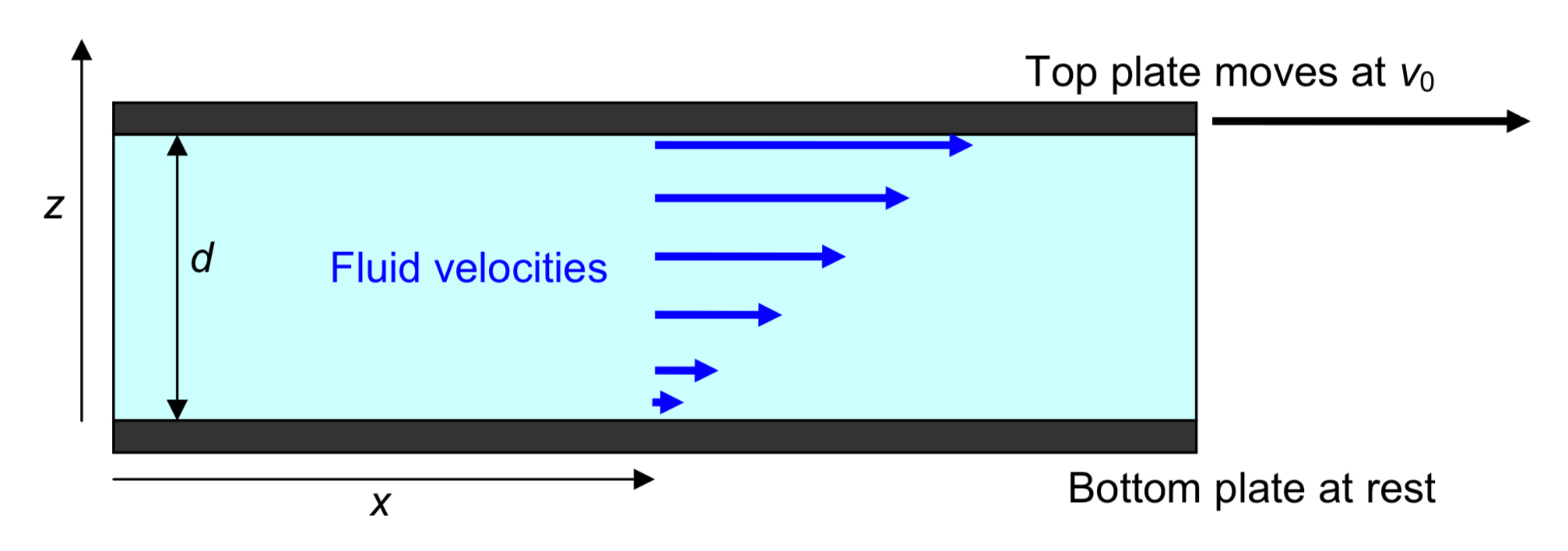
Image credit: Michael Fowler, virginia.edu
The role of viscosity in reducing bearing friction
Bearing surfaces, no matter how well they’re machined, finished, and cleaned, will always have asperities (peaks) and valleys. When two bearing surfaces are in contact (for example, ball and raceway or roller and raceway), the asperities of the surfaces interfere with each other. One of the primary roles of lubrication is to separate the surfaces and reduce or eliminate the interference of their asperities, which significantly decreases friction and wear.
But when the surfaces are stationary (or moving at very low speeds), the pressure between them essentially “squeezes” the lubrication from between the surfaces. There is a very thin lubricating film, but it is not sufficient to separate the asperities of the two surfaces, and significant contact still exists. This is referred to as boundary lubrication.
In boundary lubrication, friction, heat, and wear depend primarily on the interactions between the surfaces, although chemical reactions between the lubricant and the surfaces can also contribute to wear. The time spent in boundary lubrication conditions significantly affects bearing performance and life.
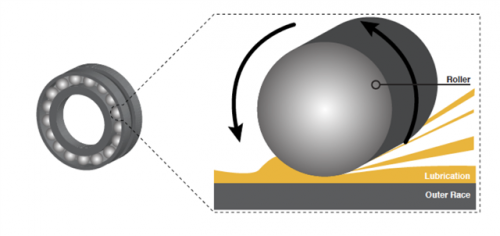
Image credit: Wessex Petroleum Limited
As velocity increases, more lubrication is “pulled” into the space between the bearing surfaces, allowing a thicker lubrication film to develop. This causes the pressure on the lubrication film to increase, which, in turn, increases the lubricant’s viscosity (according to the lubricant’s pressure-viscosity coefficient). But there is a transition period where, as velocity increases, the surfaces are separated in some places, but in other places, interference between asperities still occurs. This is referred to as mixed lubrication.
Finally, when a sufficient velocity is reached, the lubricating layer becomes large enough to separate the asperities of the two surfaces, and the increased viscosity gives the lubricant sufficient film strength to support the load, by elastically deforming the bearing surface. This lubrication regime is referred to as elastohydrodynamic lubrication.
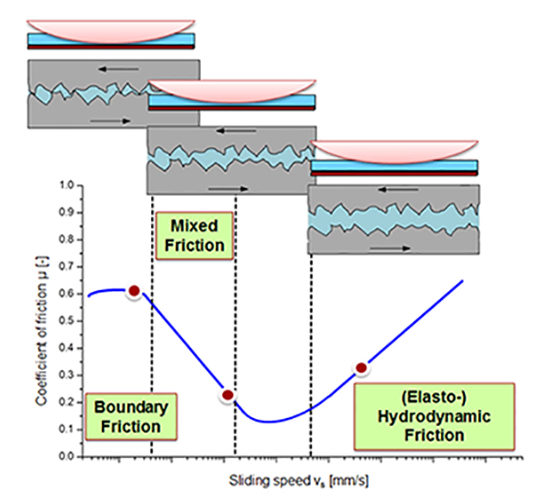
Image credit: Anton Paar GmbH
Feature image credit: Exxon Mobil Corporation


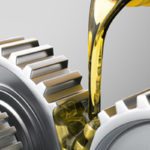

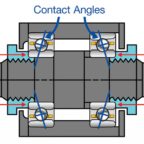
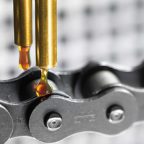

Leave a Reply
You must be logged in to post a comment.